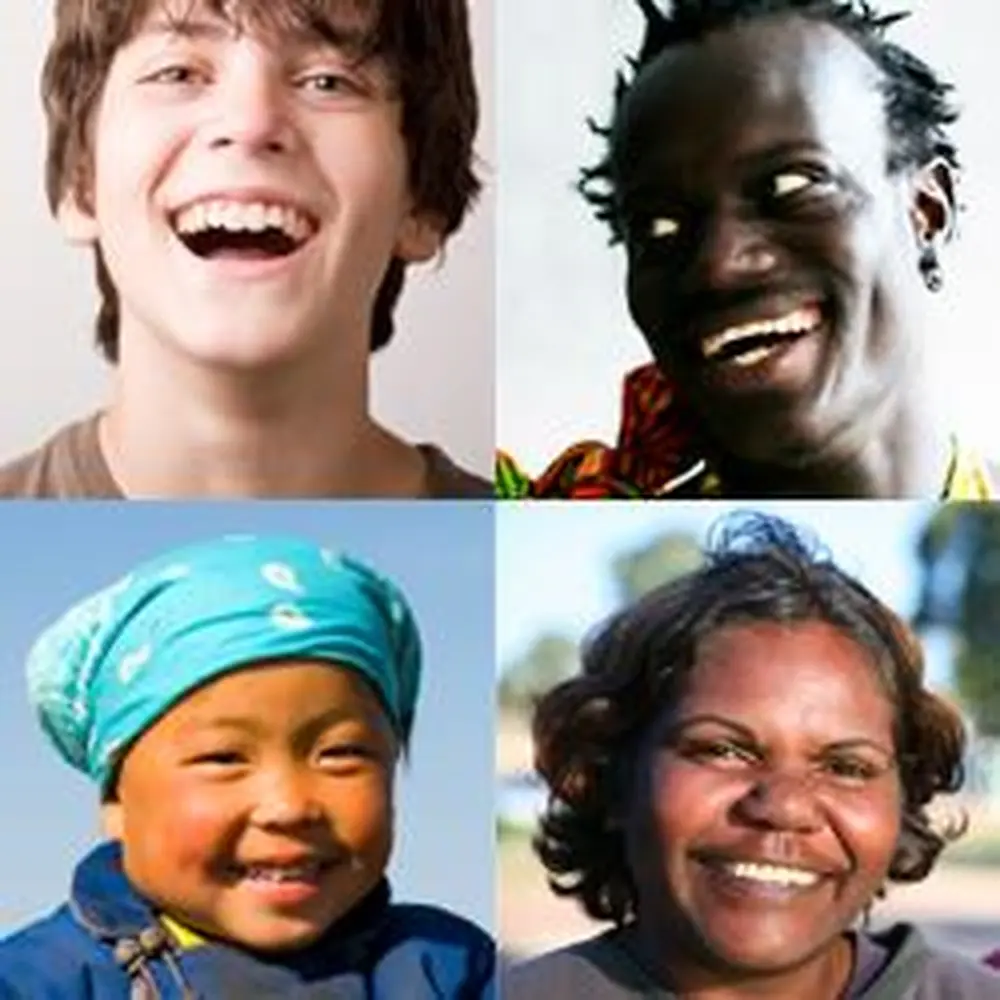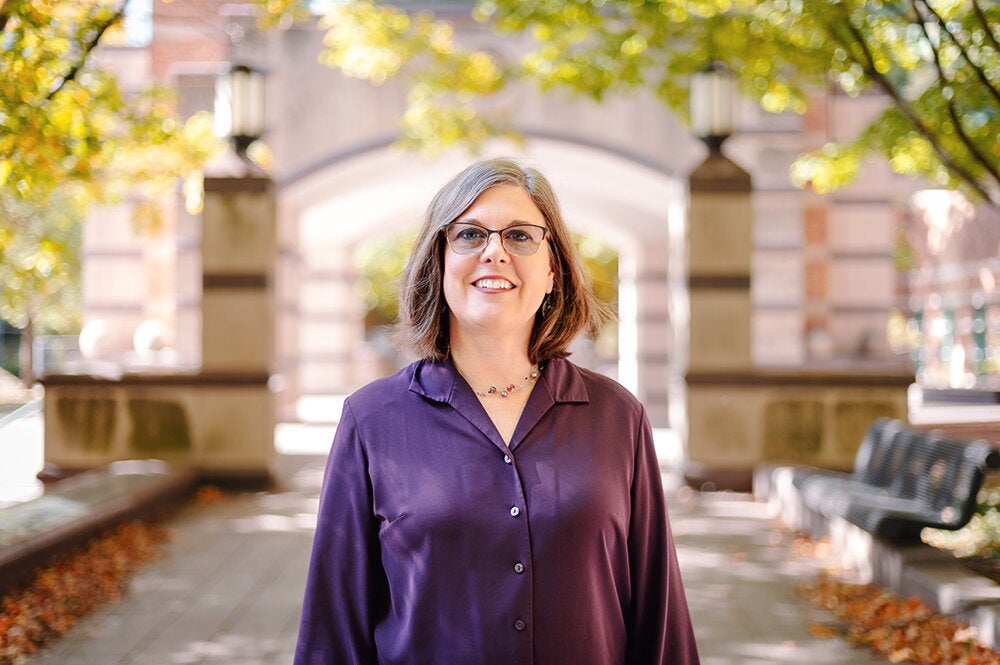

Show a photo of a toothy-grinned teenager to a shopkeeper in Moscow or Tokyo and they’ll both recognize a happy customer. Ask them why he’s smiling and neither will have a clue as to whether it’s because the bloke’s got money to spend or because he’s just ripped off an I-Pod.
The subtle differences that distinguish a friendly smile from, say, a sinister one, or the truth from a lie, can’t be captured in a snapshot, says Jesse Spencer-Smith, a psychology professor in LAS who studies emotional recognition. That’s why, he says, if you really want to learn the difference, you've got to see them in action.
A field suddenly made popular by the TV show “Lie to Me,” emotional recognition isn’t quite as unequivocal as depicted on television. Still inroads by people like Spencer-Smith are establishing the baseline for facial recognition—the ABCs, so to speak, of what everyone, anywhere can read in the face of another.
In the late 1960s the psychologist Paul Ekman, on whose work the TV show is based, identified six human expressions recognizable across all cultures. He went to great lengths to confirm his results, even visiting isolated tribes in remote villages of Papua New Guinea. Even so, of these universal expressions—happiness, anger disgust, fear, sadness, and surprise—four of them were negative and only one positive (surprise is neutral), an imbalance that Spencer-Smith attributes to the use of photographs in the research. Static images cannot capture the fleeting, dynamic nature of subtle and more complex human expressions.
“Emotional expressions are fundamentally events, they vary with time,” says Spencer-Smith. So important is emotional communication that people will even subconsciously mimic other’s emotions, being upbeat in response to a happy person and solemn in response to sadness. Spencer-Smith thinks it may be a way for us to understand and to feel what the person is feeling.
“I can almost guess what is happening on the screen by looking at your face,” says Spencer-Smith. The computer screen he is referring to contains an animation he created after customizing software developed for Hollywood for his research. The animation is of a 20-something “Joe,” but it could be of any race, sex, or age. You control the facial expressions by using a joy stick. Upwards and to the right makes Joe ecstatic; downwards and to the left, turns him glum. Circle in-between and Joe looks like Groucho Marx delivering a punch line.
Some 175 people have tried their hand at the animation thus far, and are helping Spencer-Smith identify subtle expressions that he believes are also universal. The volunteers are given situations, such as pride and achievement, and are asked to create an expression that conveys this emotion. They repeat this procedure 30 times, with their results averaged together into one expression, which is later replayed to see if the volunteer can identify the expression he or she gave the researchers. The expressions are also shown to other people to see if they recognize it. The results are then combined for an overall average.
“People practice with this and become very good at it; it is almost like running a puppet.”
So far these puppets have revealed four new expressions that Americans recognize across ages and ethnicities: pride, contentment, excitement, and sensory pleasure. To find out if these expressions resonate cross-culturally, Spencer-Smith has placed his animations on a website, written in different languages, where people can try it out. It may turn out we are more alike than we realize.


